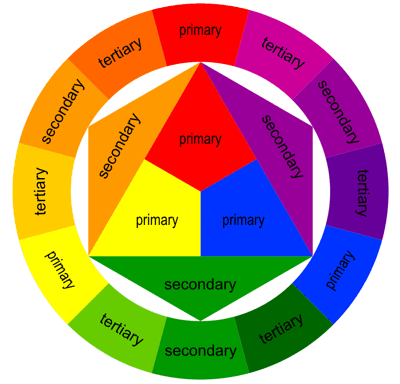Emphasis, a foundational element in both art and design, plays a crucial role in how a composition communicates and captivates. It acts as a focal point that draws the viewer’s attention, guiding their gaze through a deliberate path crafted by the artist. By understanding and employing this principle effectively, artists and designers can create work that not only engages but also communicates their intended message more powerfully.
The Power of Emphasis in Visual Arts
In visual arts, emphasis is used to highlight the most important part of a composition. It helps in establishing a hierarchy of visual elements, ensuring that the most significant parts are seen first. This can be achieved through various methods such as contrast, color, size, and placement.
Contrast is perhaps the most effective tool for creating emphasis. By placing elements of differing colors, shapes, or textures next to each other, artists can direct attention effortlessly. For instance, Caravaggio’s use of chiaroscuro—the contrast between light and dark—dramatically highlights the focal points of his paintings, drawing viewers into the emotional core of his scenes.
Color is another powerful means of attracting the eye. Bright, saturated colors naturally draw attention against a more muted background. Henri Matisse, a master of Fauvism, used vibrant, unexpected colors to bring certain areas of his paintings forward, manipulating viewer perceptions and emotions through bold chromatic choices.
Size and placement also play pivotal roles. Larger elements or those placed at the center of a composition tend to be seen first. Hieronymus Bosch’s intricate triptychs, for instance, often feature a central panel that captures the essence of the narrative, surrounded by smaller, densely detailed scenes that support the main story.
Emphasis in Design
In graphic design, emphasis can determine the effectiveness of an advertisement, the readability of a magazine layout, or the visual impact of a webpage. Designers might emphasize a word or a phrase in a text to communicate key information efficiently. Typography, color schemes, and the strategic use of space can make a headline or a logo stand out, ensuring it catches the viewer’s attention first.
For example, modern minimalistic design often uses space as a tool for emphasis. Apple’s advertising for its products exemplifies this approach, where the product is often displayed against a stark, empty background, making it the undisputed focal point of the composition.
Emphasis in Photography
In photography, emphasis can be manipulated through focus, lighting, and composition. A photographer might use a shallow depth of field to blur the background and bring the subject into clear focus, as seen in portrait photography. Lighting, much like in painting, can highlight key elements, shaping the mood of the image.
Ansel Adams, renowned for his black and white landscape photography, expertly used natural light to emphasize the dramatic contours and sublime beauty of natural landscapes, guiding the viewer’s focus through the scene with a masterful composition.
Conclusion
Emphasis is a dynamic and versatile principle that transcends medium and style. Whether through the dramatic contrasts in a Baroque painting, the strategic boldness in modern advertising, or the focused light in a stunning photograph, understanding how to create and manipulate emphasis allows artists and designers to communicate more effectively. By mastering this principle, the creator takes control of the narrative within the artwork, guiding the viewer not only to see but also to feel the essence of what is being communicated.
















